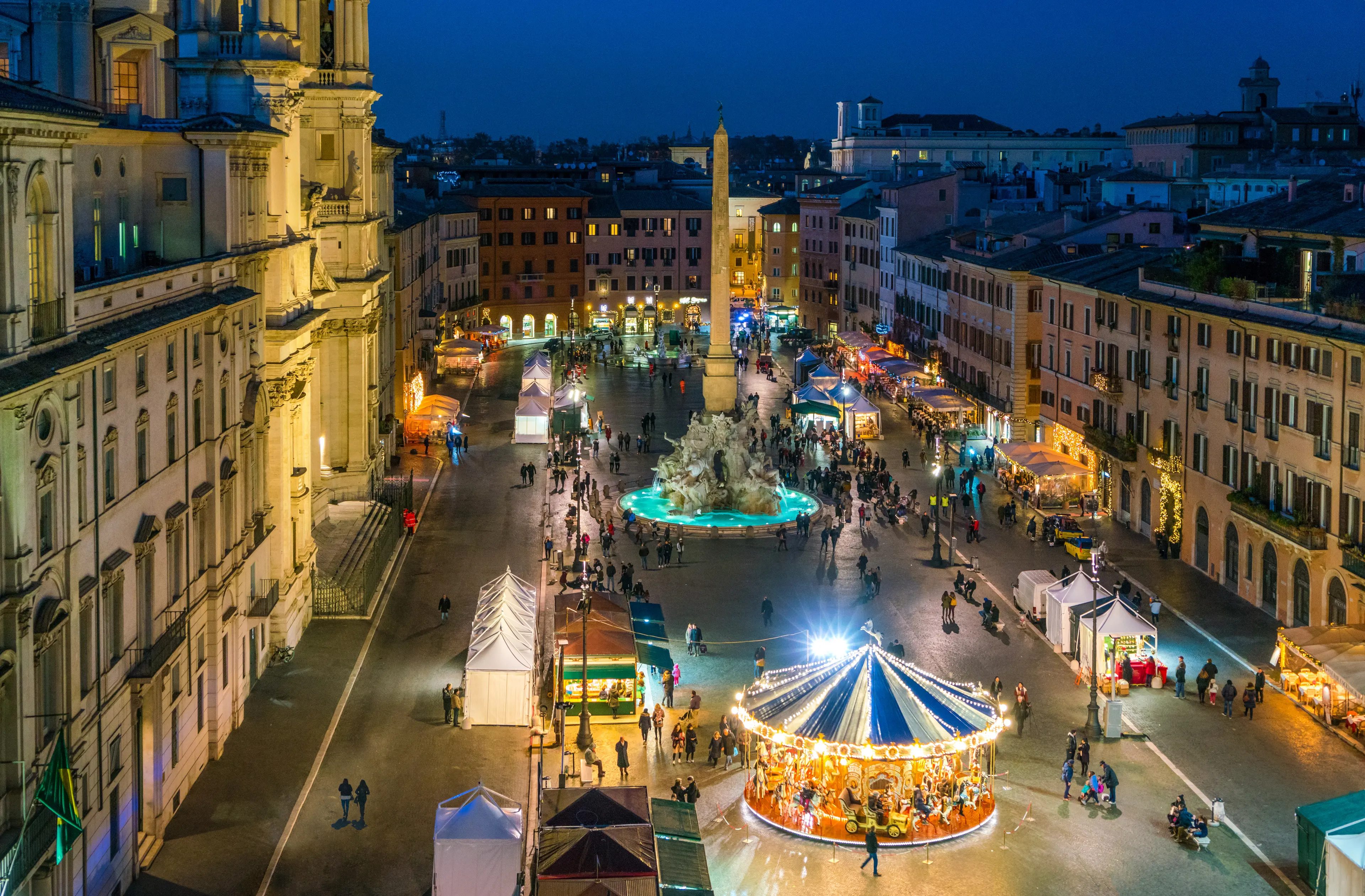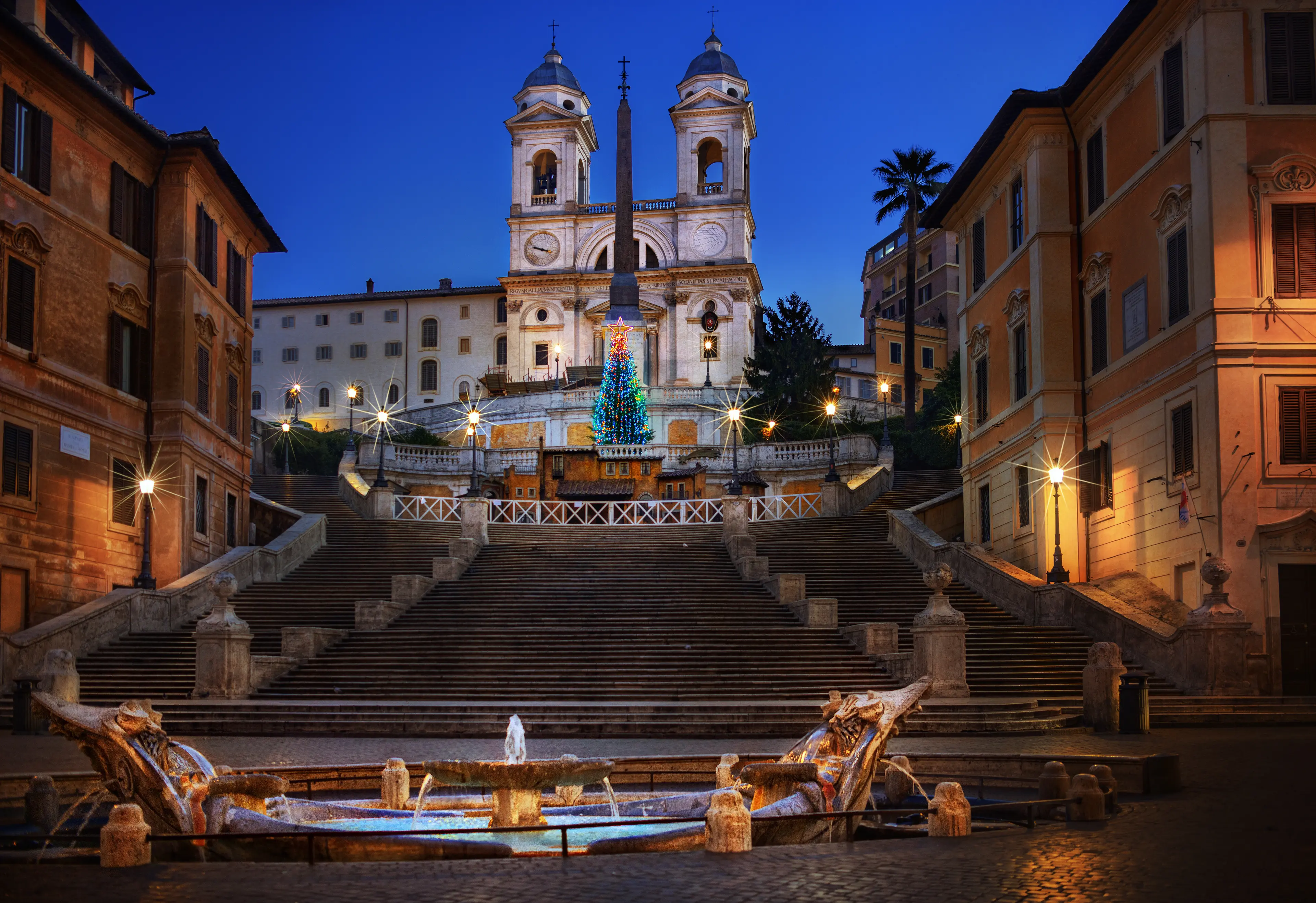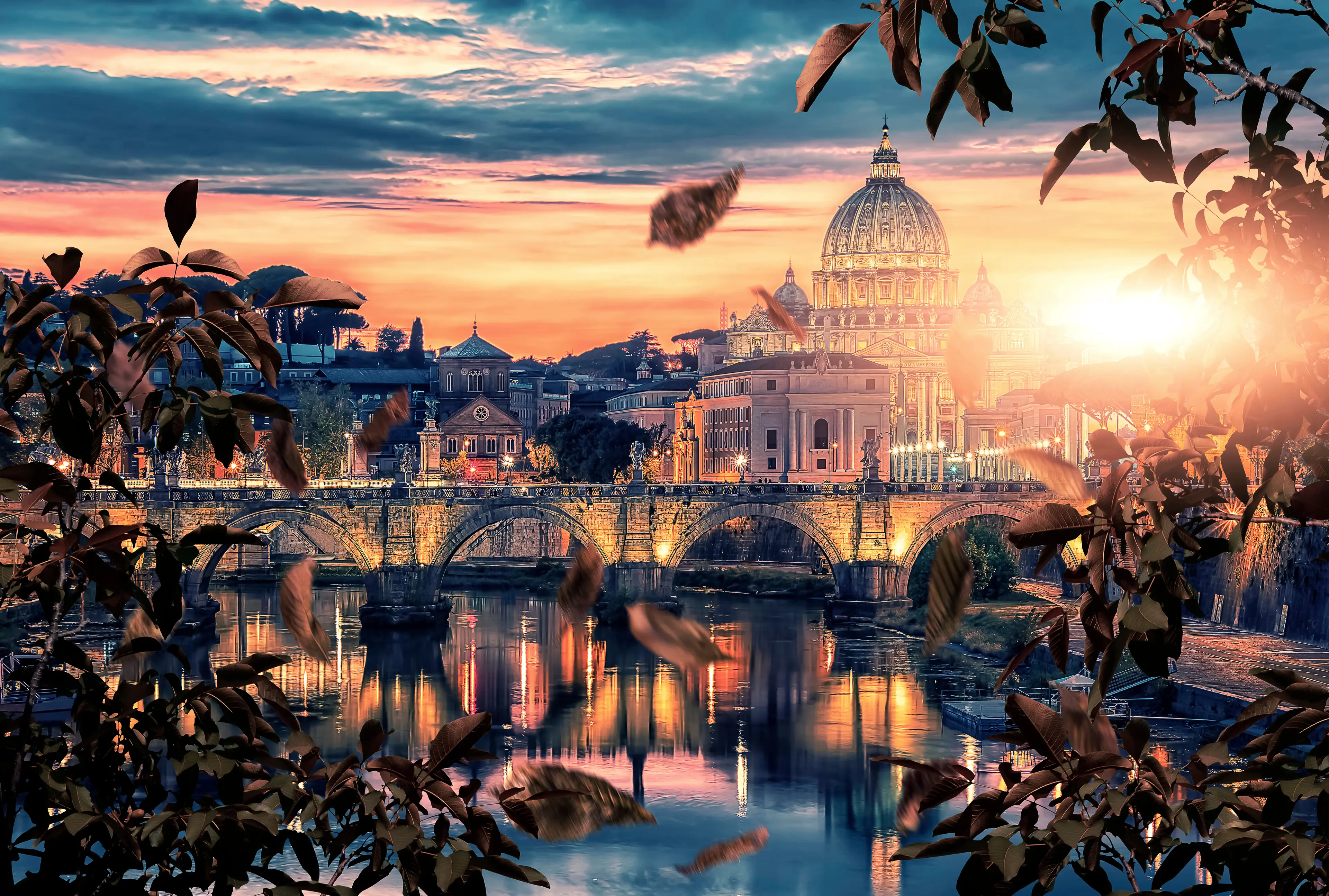5-Day Christmas Holiday Itinerary to Rome, Italy
Rome, Italy
5 days
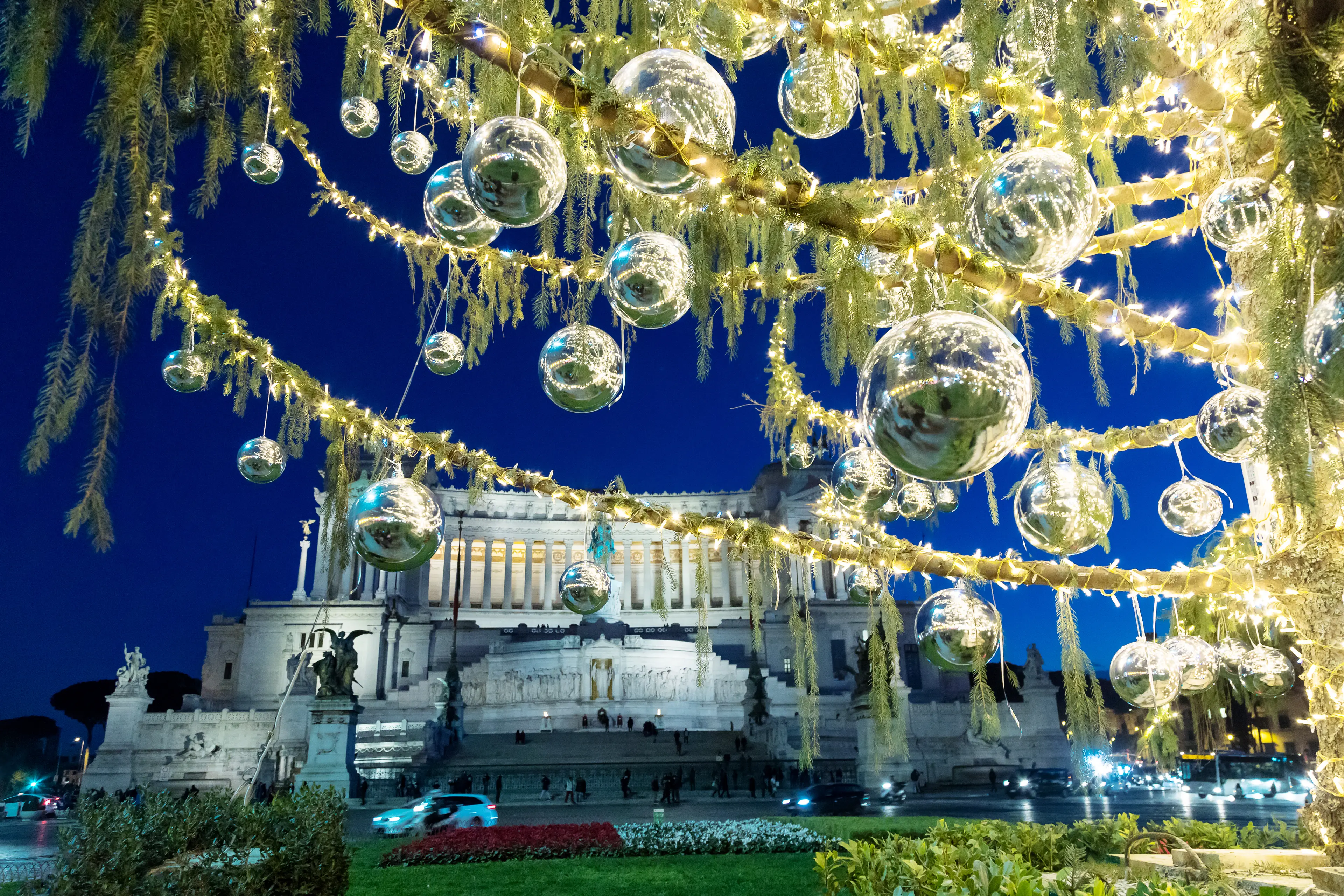

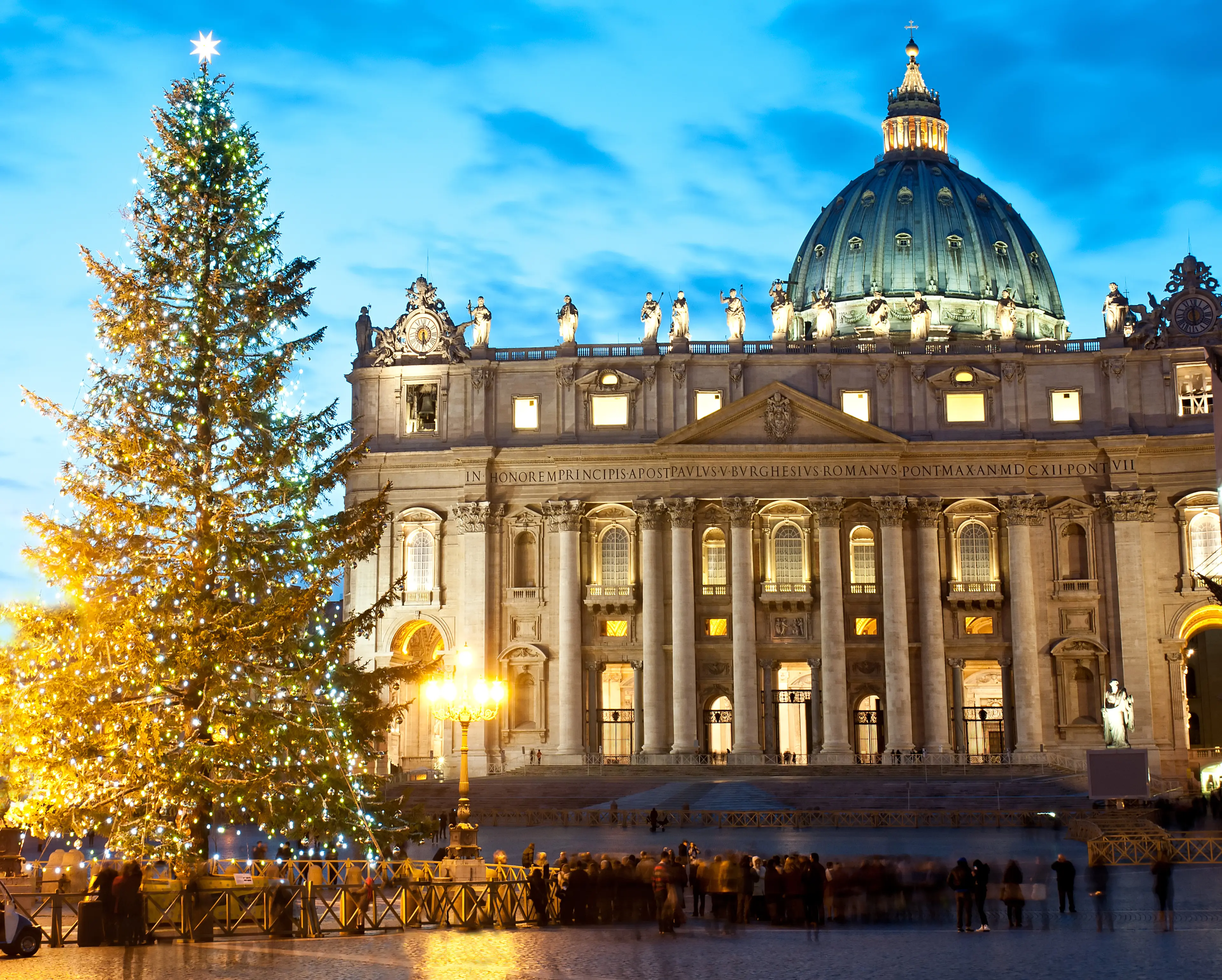


About Rome, Italy
Experience the timeless allure of Rome, Italy's captivating capital. Walk through centuries of history at iconic landmarks like the Colosseum, Roman Forum, and the Pantheon. Marvel at the Vatican City, home to St. Peter's Basilica and the Sistine Chapel, showcasing Michelangelo's masterpieces. Wander through charming piazzas, like Piazza Navona and Piazza di Spagna, and indulge in authentic Italian cuisine at local trattorias. Explore the vibrant Trastevere neighborhood, known for its bohemian atmosphere and nightlife. Don't forget to toss a coin in the Trevi Fountain, ensuring your return to this eternal city. Whether you're a history buff, foodie, or art lover, Rome offers an unforgettable journey into the heart of Italian culture.
5-Day Itinerary
Day 2
Discovering the Colosseum and Roman Forum
Morning
Begin your day with a visit to the Colosseum, one of the most iconic landmarks in Rome.
Lunch
Have lunch in the Monti district, known for its trendy eateries and vibrant atmosphere.
Afternoon
Spend your afternoon exploring the Roman Forum and Palatine Hill, where you can learn about the city's ancient history.
Dinner
Enjoy dinner in the Testaccio district, famous for its traditional Roman cuisine.
Evening
Experience the magic of Christmas at the Piazza Venezia, where you can see the city's main Christmas tree and enjoy the festive lights.
Day 3
Art and History at the Pantheon and Galleria Borghese
Morning
Start your day with a visit to the Pantheon, one of the best-preserved ancient buildings in Rome.
Lunch
Have lunch in the Campo de' Fiori district, known for its bustling food market and traditional Italian eateries.
Afternoon
Spend your afternoon exploring the Galleria Borghese, home to a vast collection of art and sculptures.
Dinner
Enjoy dinner in the Pigneto district, famous for its bohemian vibe and diverse food scene.
Evening
End your day with a visit to the Spanish Steps, beautifully decorated with poinsettias for the Christmas season.
Day 4
Fountains and Museums: Trevi and Capitoline
Morning
Begin your day with a visit to the Trevi Fountain, one of Rome's most famous fountains. Don't forget to throw a coin for good luck!
Lunch
Have lunch in the Rione IV Campo Marzio district, known for its upscale restaurants and chic boutiques.
Afternoon
Spend your afternoon exploring the Capitoline Museums, where you can see a vast collection of ancient Roman artifacts.
Dinner
Enjoy dinner in the Aventino district, famous for its peaceful atmosphere and excellent Italian cuisine.
Evening
End your day with a stroll around the Piazza del Popolo, beautifully lit up for the Christmas season.
Day 5
A Vatican Christmas and Farewell to Rome
Morning
Start your day with a visit to the Vatican City to attend the Pope's Christmas Mass at St. Peter's Basilica.
Lunch
Have lunch in the Borgo district, known for its traditional Italian eateries and close proximity to the Vatican.
Afternoon
Spend your afternoon exploring Castel Sant'Angelo, a historic fortress offering panoramic views of Rome.
Dinner
Enjoy your final dinner in Rome in the Prati district, known for its wide variety of Italian dishes.
Evening
End your trip with a visit to the Via dei Fori Imperiali, beautifully lit up for the Christmas season.
Attractions in Itinerary (24)

1Piazza Navona
One of the most famous and arguably the most beautiful of Rome's many squares. The large and lively square features no less than three magnificent fountains.

2Trastevere
Trastevere is a charming and lively neighborhood known for its traditional and innovative trattorias, craft beer pubs, and artisan shops.

3Vatican Museums
One of the world's largest museum complexes, containing some of the most significant classical sculptures and Renaissance works of art.

4Sistine Chapel
A chapel in the Apostolic Palace, the official residence of the Pope, in Vatican City. It is famous for its Renaissance frescoes, which include works by Michelangelo.

5St. Peter's Square
St. Peter's Square is a large plaza located in Vatican City, the papal enclave inside Rome. It is directly in front of St. Peter's Basilica and is one of the most popular tourist destinations in Rome.

6Colosseum
The largest ancient amphitheater ever built, and still standing, the Colosseum is arguably the most impressive building of the Roman Empire.

7Monti
Monti is one of Rome's oldest neighborhoods. It is a vibrant area with a mix of trendy boutiques, traditional restaurants, and hip bars. It's a popular spot for both locals and tourists.

8Roman Forum
A rectangular forum surrounded by the ruins of several important ancient government buildings at the center of the city of Rome.

9Palatine Hill
One of the most ancient parts of the city, it stands 40 metres above the Roman Forum, looking down upon it on one side, and upon the Circus Maximus on the other.

10Piazza Venezia
Piazza Venezia is a major square in Rome, known for its busy traffic and grand buildings. It is located at the foot of the Capitoline Hill and near the Roman Forum.

11Pantheon
A former Roman temple, now a church, with a massive dome and ancient Roman architecture.

12Campo de' Fiori
Campo de' Fiori is a vibrant square in Rome known for its daily market and nightlife. It is located in the Parione district and is a popular spot for locals and tourists alike.

13Galleria Borghese
The Galleria Borghese is an art gallery in Rome, Italy, housed in the former Villa Borghese Pinciana. It is a building that was from the first integral with its gardens, nowadays considered quite separately by tourists as the Villa Borghese gardens. The Galleria Borghese houses a substantial part of the Borghese collection of paintings, sculpture and antiquities, begun by Cardinal Scipione Borghese, the nephew of Pope Paul V (reign 1605–1621).

14Pigneto
Pigneto is a neighborhood in Rome that is known for its bohemian and artistic atmosphere. It is filled with trendy bars, restaurants, and boutiques.

15Spanish Steps
A monumental stairway of 135 steps, one of the most famous tourist attractions in the city.

16Trevi Fountain
The largest Baroque fountain in the city and one of the most famous fountains in the world.

17Rione IV Campo Marzio
Rione IV Campo Marzio is one of the historic districts of Rome, known for its elegant buildings and upscale boutiques. It is located in the city center and is a popular area for shopping and dining.

18Capitoline Museums
The Capitoline Museums are a single museum containing a group of art and archaeological museums in Piazza del Campidoglio, on top of the Capitoline Hill in Rome, Italy. The historic seats of the museums are Palazzo dei Conservatori and Palazzo Nuovo.

19Aventino
Aventino is a peaceful residential neighborhood in Rome, known for its gardens and beautiful views. It is located on one of Rome's seven hills and offers a quiet escape from the city's bustling center.

20Piazza del Popolo
A large urban square in Rome. The name in modern Italian literally means 'People's Square'. The square has an obelisk of Ramesses II from Heliopolis and two Neoclassical churches.

21St. Peter's Basilica
One of the largest churches in the world, a renowned work of Renaissance architecture and one of the holiest Catholic shrines.

22Borgo
Borgo is a historic neighborhood in Rome, located near Vatican City. It is known for its narrow streets, old buildings, and close proximity to St. Peter's Basilica.

23Castel Sant'Angelo
A towering cylindrical building initially commissioned by the Roman Emperor Hadrian as a mausoleum for himself and his family, it now houses a museum.

24Via dei Fori Imperiali
Via dei Fori Imperiali is a major road in Rome that passes through the Roman Forum and the Colosseum. It offers stunning views of these ancient ruins and is a popular route for tourists.
Local Food and Drinks (12)

Pizza al Taglio
A popular street food in Rome, Pizza al Taglio is a rectangular pizza that is sold by weight. It's a must-try for its variety of toppings and authentic Roman style.
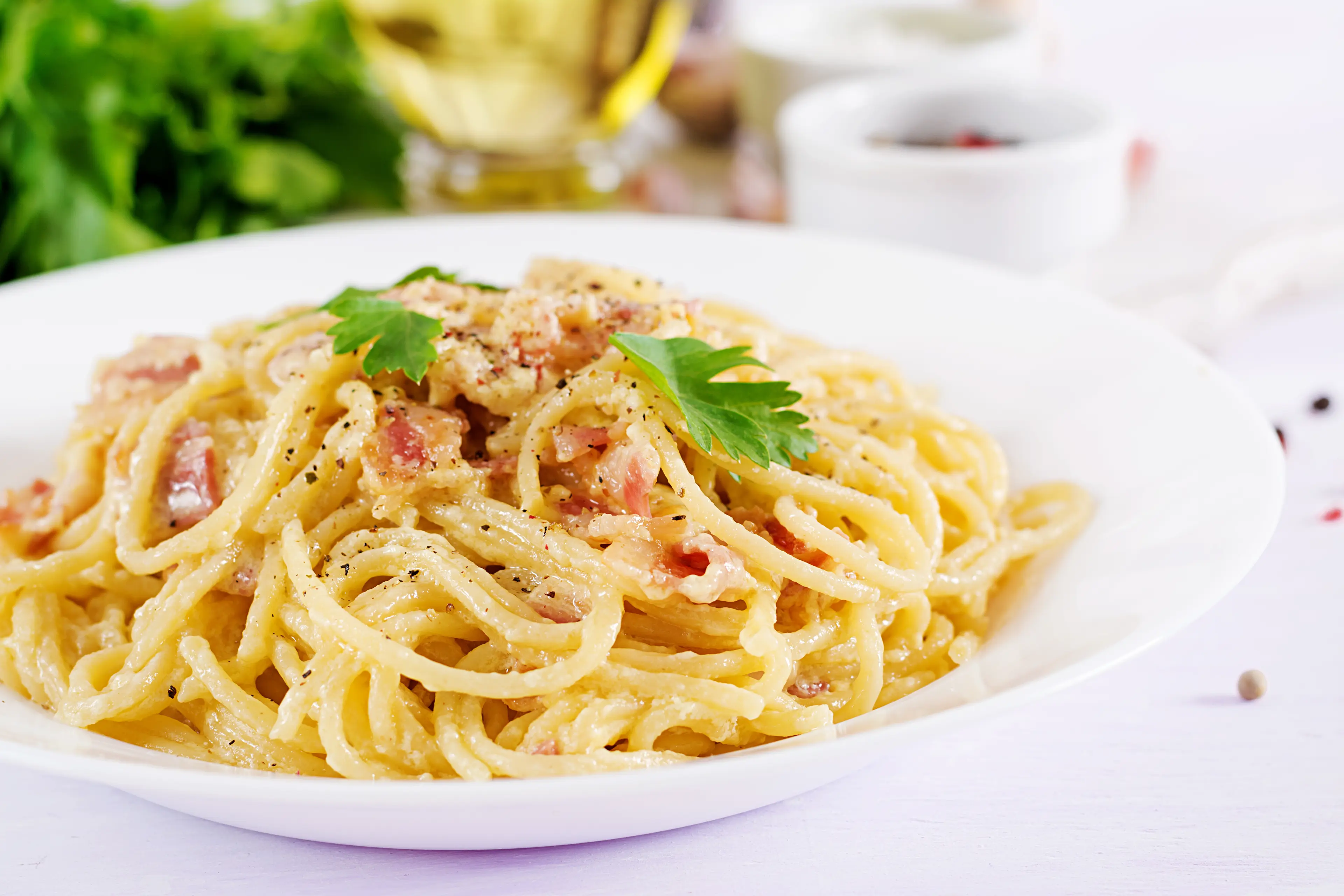
Carbonara
A classic Roman pasta dish made with egg, Pecorino Romano cheese, guanciale (pork jowl), and black pepper. It's a staple in Roman cuisine.
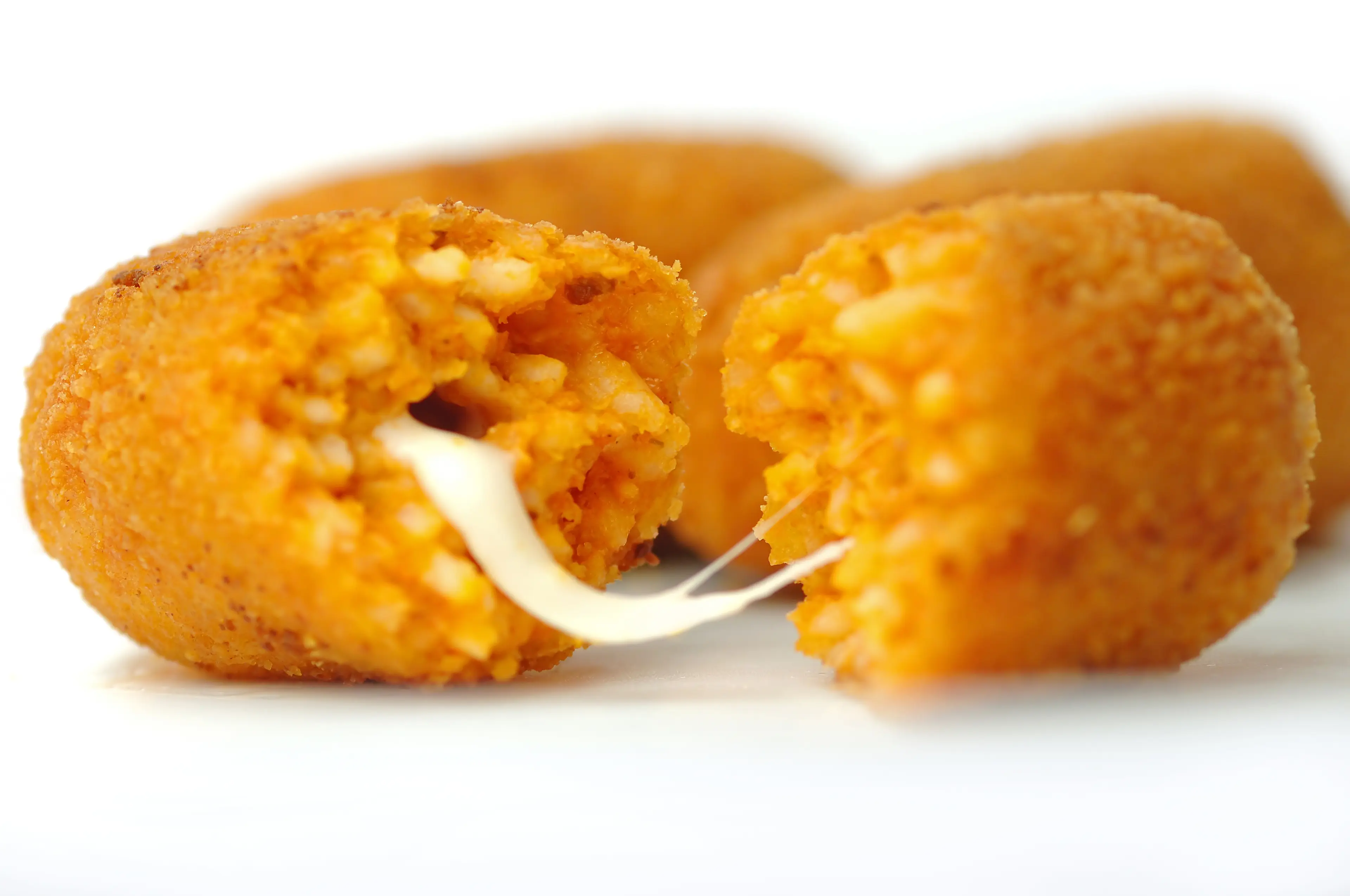
Supplì
These are Italian snacks made of risotto, usually filled with mozzarella, coated with bread crumbs and then deep-fried. They are a popular appetizer in Rome.

Cacio e Pepe
Another classic Roman pasta dish, Cacio e Pepe is made with Pecorino Romano cheese and black pepper. It's simple yet full of flavor.
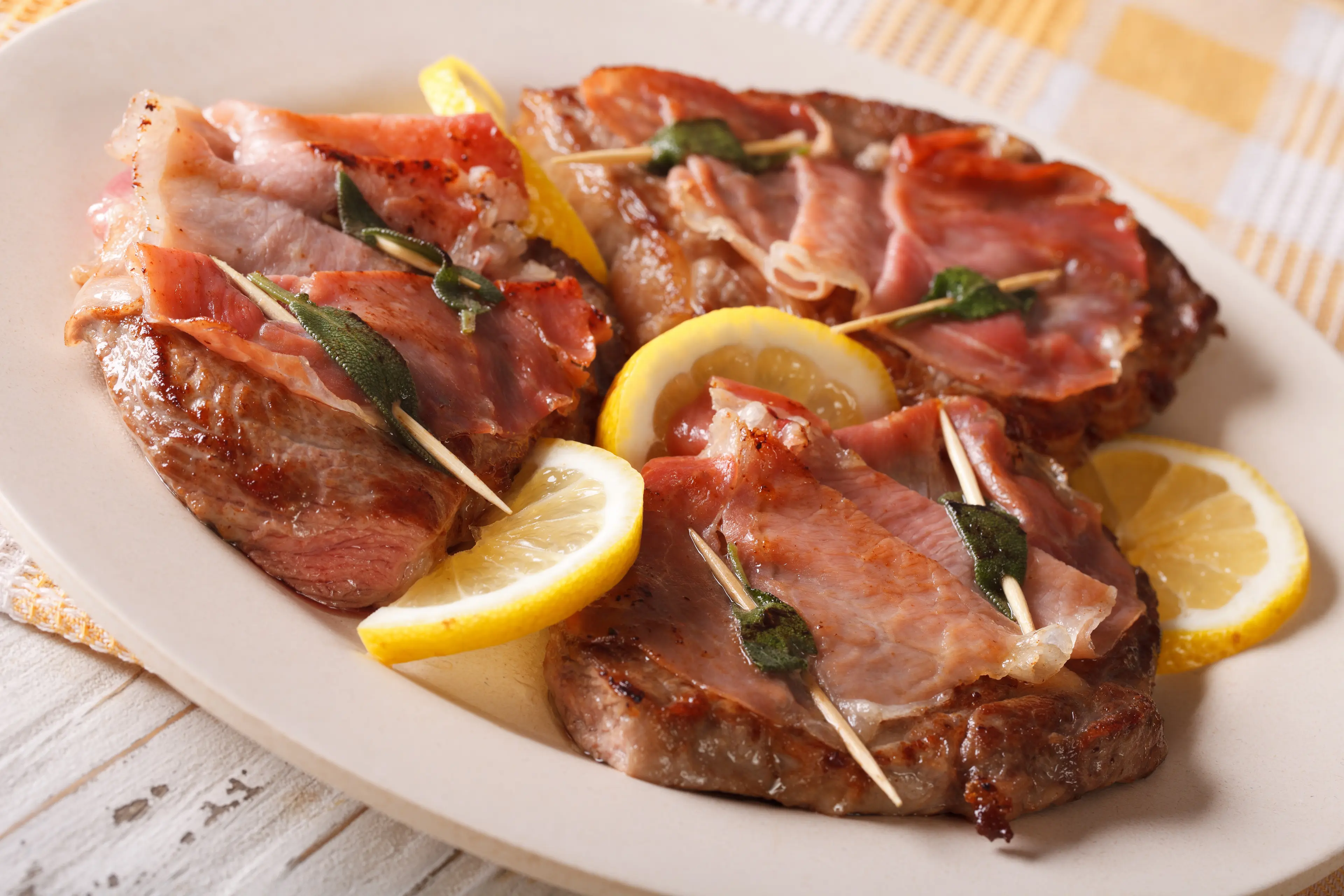
Saltimbocca alla Romana
A traditional Roman main course, Saltimbocca alla Romana is made of veal lined or topped with prosciutto and sage, and marinated in wine, oil or saltwater.

Roman Artichokes
Artichokes are a staple in Roman cuisine. They are usually fried (Carciofi alla Giudia) or braised with herbs and garlic (Carciofi alla Romana).
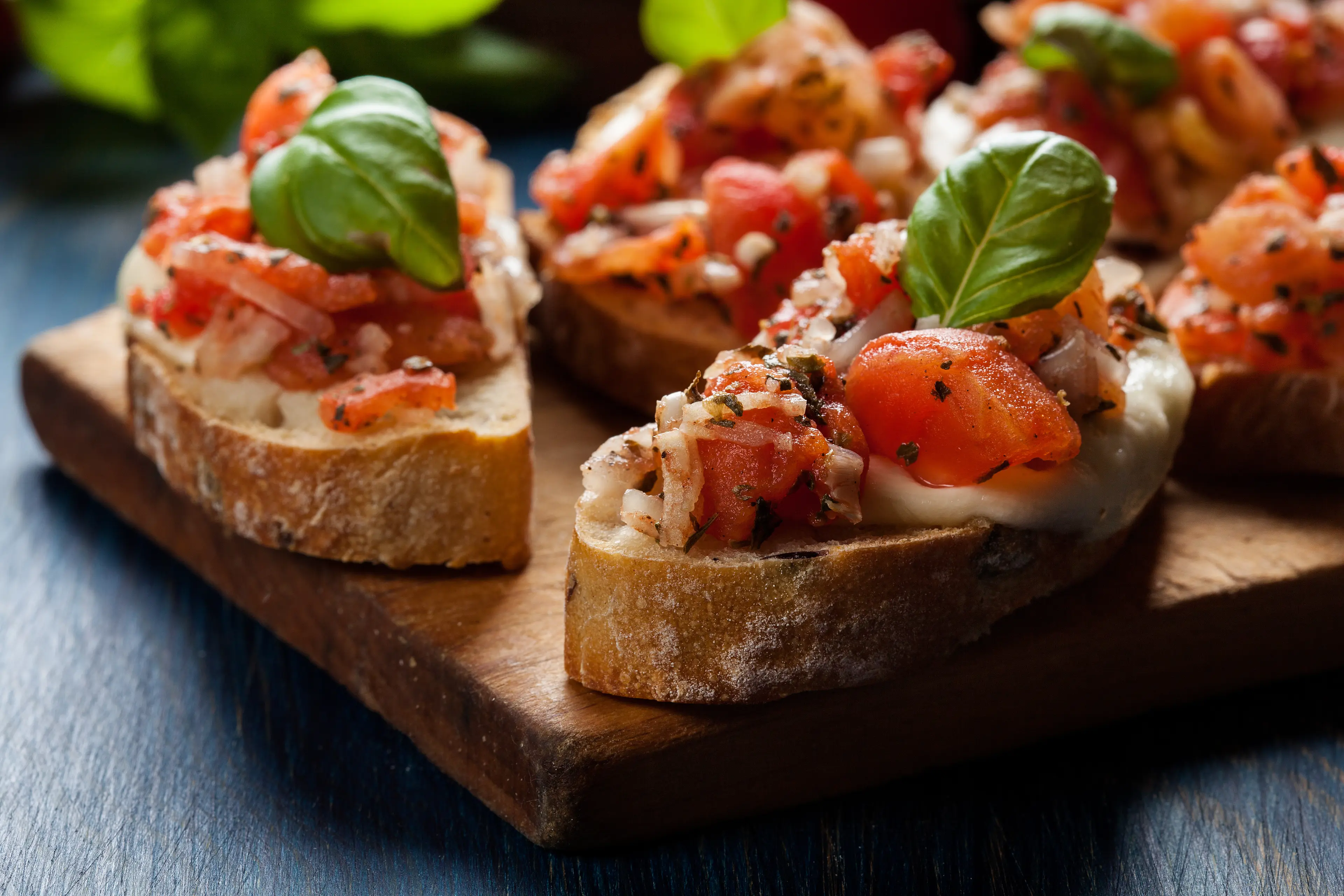
Bruschetta
A popular Italian starter, Bruschetta is grilled bread rubbed with garlic and topped with diced tomatoes, fresh basil, and sometimes mozzarella.
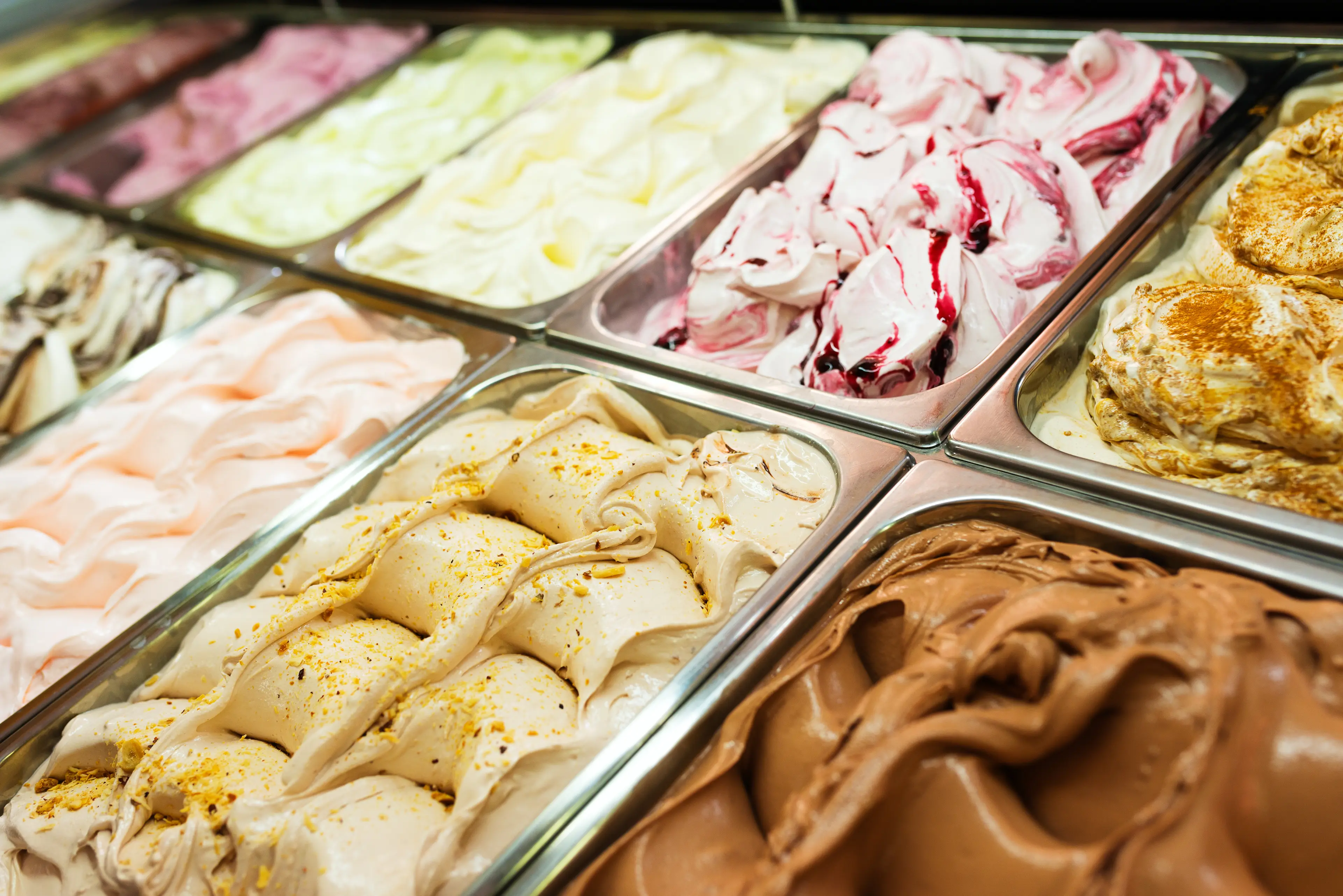
Gelato
Gelato is Italian ice cream and is a must-try when in Rome. It's denser and milkier than regular ice cream and comes in a variety of flavors.
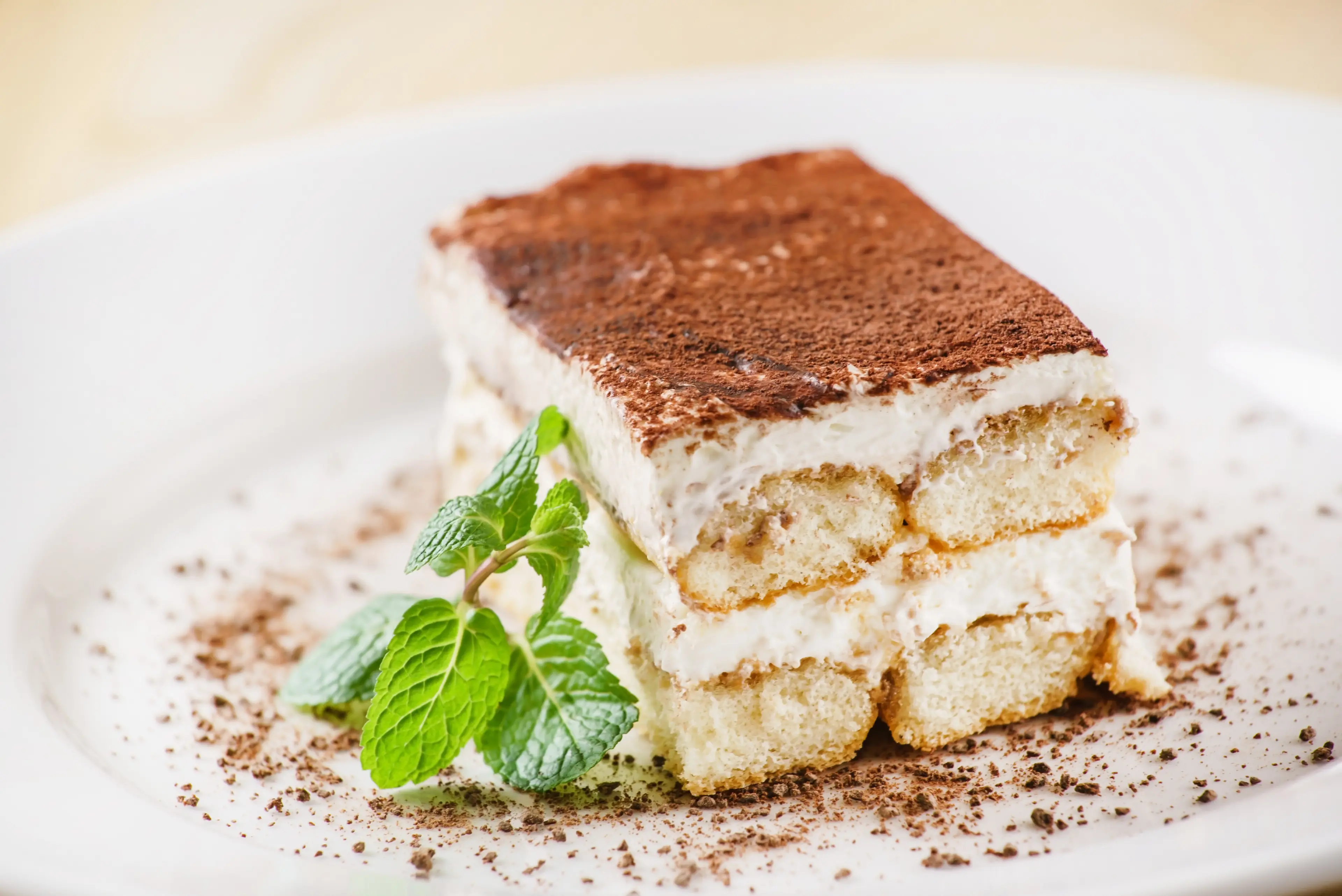
Tiramisu
A classic Italian dessert, Tiramisu is made of ladyfingers dipped in coffee, layered with a whipped mixture of eggs, sugar, and mascarpone cheese, and flavored with cocoa.

Espresso
When in Rome, trying an Espresso is a must. It's a concentrated form of coffee served in small amounts.

Negroni
A popular Italian cocktail, Negroni is made of one part gin, one part vermouth rosso, and one part Campari, garnished with orange peel.
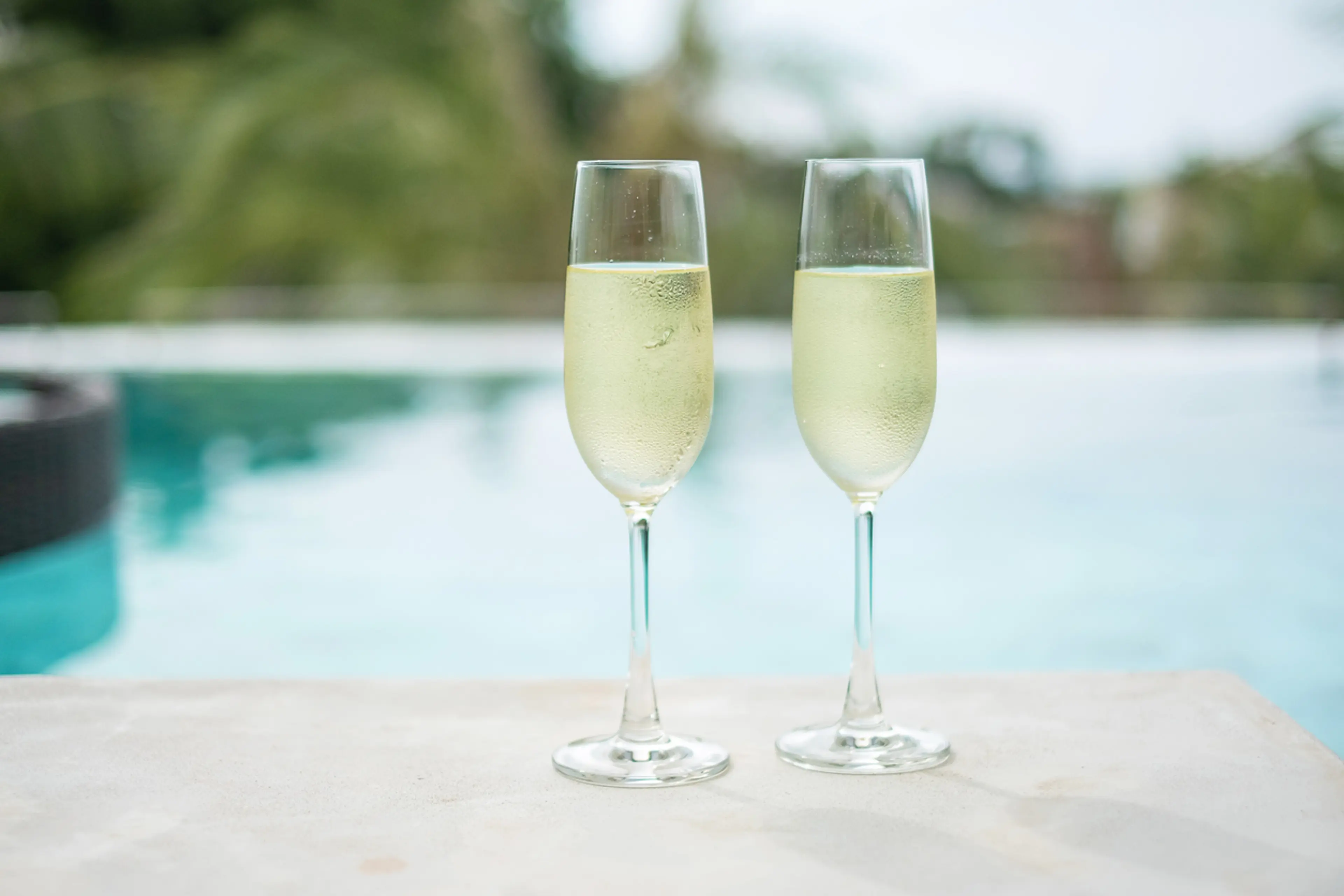
Prosecco
Prosecco is a sparkling white wine from Italy. It's a popular choice for aperitivo (pre-dinner drink) in Rome.
Best time to visit
The best time to visit Rome, Italy is during the spring (April to June) and fall (September and October) when the weather is comfortably warm. During these periods, the city is less crowded with tourists compared to the summer months, allowing you to explore the city's attractions at a more leisurely pace. The off-peak season, particularly in November and early December, can also be a good time to visit if you prefer cooler temperatures and fewer crowds. However, keep in mind that some attractions may have shorter opening hours during these months.
How to get around
Public Transportation
Rome's public transportation system includes buses, trams, metro (subway), and suburban trains. The metro has three lines (A, B, and C) that can take you to many of the city's main attractions. Buses and trams cover the entire city and are a good option for reaching places not served by the metro.
Taxi
Taxis are plentiful in Rome and can be hailed on the street, found at taxi stands, or called by phone. All official taxis are white and have a 'TAXI' sign on the roof. They are metered, so the cost will depend on the distance and time of travel.
Ridesharing
Ridesharing services like Uber are available in Rome. They can be a convenient option for getting around, especially if you're not familiar with the city's public transportation system. However, they can be more expensive than taxis or public transportation.
Bicycle Rental
Rome has several bike rental companies, and the city is increasingly becoming more bike-friendly with the addition of bike lanes. Biking can be a fun and active way to explore the city, but be aware that Rome's hilly terrain and chaotic traffic can be challenging.
Car Rental
Renting a car can give you the freedom to explore Rome at your own pace. However, driving in Rome can be stressful due to heavy traffic, narrow streets, and limited parking. Additionally, the city center is a restricted traffic zone (ZTL) where only authorized vehicles are allowed.
Walking
Many of Rome's attractions are within walking distance of each other, especially in the historic city center. Walking can be a pleasant way to explore the city, but be prepared for cobblestone streets and occasional lack of sidewalks.
Scooter Rental
Renting a scooter can be a fun and efficient way to get around Rome. However, this option is best for those who are experienced in riding scooters and comfortable navigating Rome's busy streets.
Private Tour
Private tours, often with a chauffeur, can be a comfortable and convenient way to see Rome's sights. These can be customized to your interests and typically include pick-up and drop-off at your accommodation.
Hop-On Hop-Off Bus
Hop-on hop-off bus tours are a popular way to see Rome's main attractions. These double-decker buses follow a specific route and you can get on and off as many times as you like at the designated stops.
Important information
Currency€ EUR
Time zoneUTC+1
Driving sideRight
Emergency phoneAmbulance: 112, 118; Fire: 112, 115; Police: 112, 113;
Drinking waterYes, but some opt for bottled water
Power sockets
Voltage230 V
Things to know about Rome, Italy as a first time visitor
1
Rome is a busy city, so be prepared for crowds, especially during peak tourist season (April to June, September and October).
2
Pickpocketing can be a problem in crowded areas and on public transportation, so always keep an eye on your belongings.
3
The city is very walkable, but it also has an extensive public transportation system, including buses, trams, and a metro.
4
Tipping is not customary in Italy, but you can leave a small amount if you receive exceptional service.
5
Many shops and restaurants close for a few hours in the afternoon for 'riposo', similar to the Spanish siesta.
6
It's common to pay a small cover charge ('coperto') in restaurants, which is not a tip but a charge for the bread and service.
7
Rome's tap water is safe to drink and there are numerous public fountains where you can refill your water bottle for free.
8
It's considered rude to order a cappuccino after 11 am, as Italians typically only drink it for breakfast.
9
Most museums and attractions are closed on Mondays.
10
Rome can be very hot in the summer, with temperatures often exceeding 86°F (30°C), and very cold in the winter, with temperatures often dropping below 32°F (0°C).
11
It's customary to greet people with a handshake, or two kisses on the cheek (starting from the left) for friends.
12
Italians are generally relaxed about dress code, but you should dress modestly when visiting religious sites.
13
Many Romans speak English, especially in the city center and tourist areas, but learning a few basic Italian phrases can be helpful.
14
The voltage in Italy is 220-240 Volts, so you may need a converter if your devices use a different voltage.
15
The currency in Italy is the Euro (€). Credit cards are widely accepted, but it's always a good idea to carry some cash.
16
Pharmacies in Rome are marked by a green cross and are the best place to go for minor health issues.
17
Smoking is banned in all enclosed public places in Italy, including bars and restaurants.
18
Rome is in the Central European Time Zone (CET), which is 1 hour ahead of Coordinated Universal Time (UTC+1).
19
Emergency numbers in Italy are 112 for general emergencies, 113 for police, 118 for medical emergencies, and 115 for fire.
20
Public restrooms can be hard to find in Rome, and many charge a small fee. Restaurants and cafes often reserve their restrooms for customers.
Basic Italian to know as a first time visitor
English phrase | Native phrase | Pronunciation | When to use it |
|---|---|---|---|
Hello | Ciao | Chow | Greeting someone |
Goodbye | Arrivederci | Ah-ree-veh-der-chee | Saying goodbye |
Please | Per favore | Pehr fah-voh-reh | Making a request |
Thank you | Grazie | Graht-see-eh | Expressing gratitude |
Yes | Sì | See | Agreeing or confirming |
No | No | No | Disagreeing or denying |
Excuse me | Mi scusi | Mee skoo-zee | Getting attention or apologizing |
I'm sorry | Mi dispiace | Mee dee-spya-che | Apologizing |
Do you speak English? | Parli inglese? | Par-lee in-gleh-zeh? | Asking if someone speaks English |
I don't understand | Non capisco | Non ka-pee-sko | Expressing confusion |
Where is the bathroom? | Dove è il bagno? | Doh-veh eh il bahn-yo? | Asking for directions |
How much does it cost? | Quanto costa? | Kwan-toh kos-ta? | Asking the price of something |
I would like... | Vorrei... | Voh-rey... | Making a request |
Help! | Aiuto! | Aye-oo-toh! | In an emergency |
Can I have the bill, please? | Posso avere il conto, per favore? | Pos-soh ah-veh-reh il kon-toh, pehr fah-voh-reh? | Asking for the bill in a restaurant |
Good morning | Buongiorno | Bwon-jor-no | Greeting someone in the morning |
Good evening | Buonasera | Bwoh-na-seh-ra | Greeting someone in the evening |
Good night | Buonanotte | Bwoh-na-not-teh | Saying goodnight |
I'm lost | Mi sono perso | Mee soh-noh pehr-so | Asking for help with directions |
Can you help me? | Puoi aiutarmi? | Pwoy aye-oo-tar-mee? | Asking for help |
Packing List
Clothing
Underwear (5 pairs)
Socks (5 pairs)
T-shirts (5)
Long-sleeve shirts (2)
Jeans or comfortable pants (2 pairs)
Shorts (2 pairs, if weather permits)
Dress or formal outfit (1, for special occasions)
Sleepwear (1 set)
Swimsuit (1, if you plan to swim)
Comfortable walking shoes (1 pair)
Sandals or flip-flops (1 pair, if weather permits)
Jacket or sweater (1, for cooler evenings)
Raincoat or umbrella (1, in case of rain)
Hat or cap (1, for sun protection)
Sunglasses (1 pair)
Toiletries
Toothbrush and toothpaste
Deodorant
Shampoo and conditioner
Body wash or soap
Razor and shaving cream
Makeup and makeup remover
Sunscreen
Lip balm
Hand sanitizer
Travel-size first aid kit
Prescription medications
Contact lenses and solution (if needed)
Travel documents and essentials
Passport
Driver's license or ID card
Credit and debit cards
Cash (Euros)
Travel insurance documents
Hotel and tour reservation confirmations
Emergency contacts and addresses
Map of Rome
Electronics and gadgets
Smartphone
Charger for smartphone
Headphones or earbuds
Camera
Charger for camera
Universal travel adapter
Portable power bank
Miscellaneous items
Travel pillow
Earplugs and eye mask
Snacks
Water bottle
Books or e-books for leisure reading
Travel guidebook for Rome
Italian phrasebook or language app
Notebook and pen
Reusable shopping bag
Weather Conditions
When visiting Rome, Italy, it's important to be aware of the city's Mediterranean climate, which is characterized by hot, dry summers and mild, wet winters. During the summer months, from June to August, temperatures can reach highs of 86°F (30°C) during the day. It's advisable to stay hydrated and wear light, breathable clothing to stay comfortable. Don't forget to apply sunscreen regularly, especially if you're planning to spend a lot of time outdoors exploring the city's historical sites. The winter months, from December to February, are generally mild with temperatures ranging from 37°F to 57°F (3°C to 14°C). It's a good idea to pack a warm coat, as well as an umbrella or raincoat, as this is when Rome receives most of its rainfall. Spring and autumn are considered the best times to visit Rome. The weather during these seasons is typically mild and pleasant, with temperatures ranging from 50°F to 70°F (10°C to 21°C). These periods also tend to be less crowded with tourists, making it easier to explore the city. Regardless of when you visit, remember that weather can be unpredictable. It's always a good idea to check the forecast before your trip and pack accordingly. Also, keep in mind that many of Rome's attractions are outdoors, so be prepared for any weather conditions.
| Month | Hi / Lo (°C) | Weather Overview |
|---|---|---|
January | 13° / 3° | January is the coldest month in Rome, with occasional rain and snow. It's a great time to visit if you prefer fewer crowds and cooler temperatures. |
February | 14° / 4° | February is still quite chilly, but the days are getting longer. It's a good time to visit museums and historical sites. |
March | 18° / 6° | March sees the beginning of spring, with temperatures starting to rise. The city starts to bloom, making it a beautiful time to visit. |
April | 22° / 8° | April is a pleasant month with moderate temperatures. It's a great time to explore the city on foot. |
May | 26° / 12° | May is warm and sunny, perfect for outdoor activities. The city is vibrant with flowers and greenery. |
June | 32° / 16° | June is the start of summer, with long, hot days. It's a great time for beach trips and outdoor dining. |
July | 35° / 19° | July is the hottest month in Rome, with temperatures often exceeding 30°C. It's a great time to visit if you love the heat and sunshine. |
August | 35° / 19° | August is equally hot, with many locals leaving the city for vacation. It's a good time to visit if you don't mind the heat and smaller crowds. |
September | 30° / 16° | September sees the start of autumn, with temperatures starting to drop. It's a great time to visit for comfortable weather and fewer tourists. |
October | 24° / 12° | October is a pleasant month with moderate temperatures. It's a great time to explore the city on foot. |
November | 18° / 8° | November is cooler, with shorter days and more rainfall. It's a good time to visit museums and indoor attractions. |
December | 14° / 4° | December is chilly, but the city is beautifully decorated for Christmas. It's a great time to visit for holiday festivities and shopping. |
Did you know?
Places near by Rome, Italy

Tivoli
Home to two UNESCO World Heritage Sites: Villa d'Este and Hadrian's Villa.

Ostia Antica
Ancient Roman port city with well-preserved ruins.

Castelli Romani
Collection of wine-producing hill-towns.

Orvieto
Medieval city known for its Gothic cathedral.

Civita di Bagnoregio
A hilltop village accessible only by a pedestrian bridge.

Assisi
Birthplace of St. Francis, with a stunning basilica.

Naples
Vibrant city with rich history, art, and food culture.

Pompeii
Ancient city preserved under volcanic ash from Mount Vesuvius.

Florence
Renaissance city known for its art and architecture.

Siena
Medieval city known for its Palio horse race.

Capri
Island known for its rugged landscape and upscale hotels and shopping.
